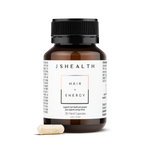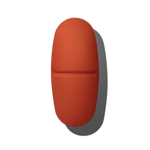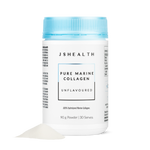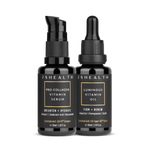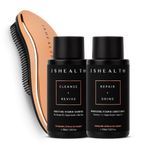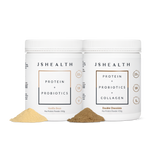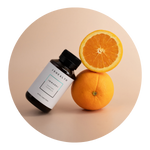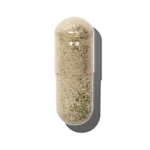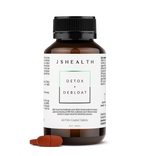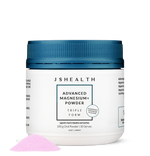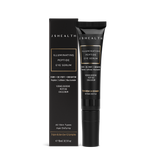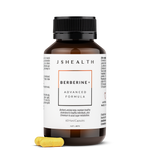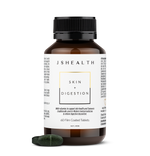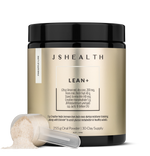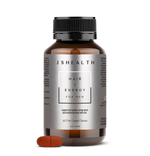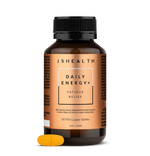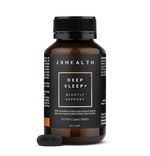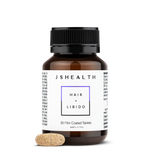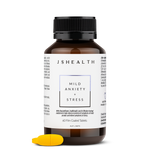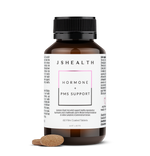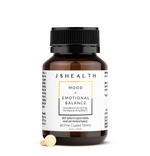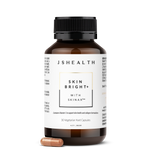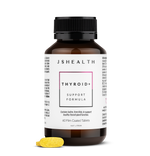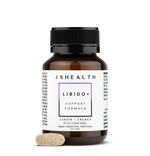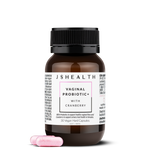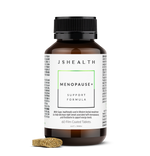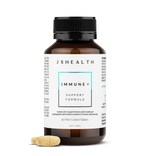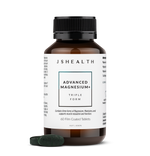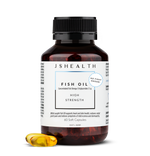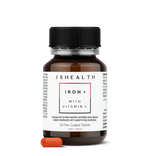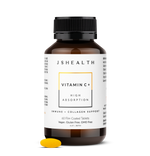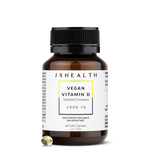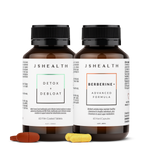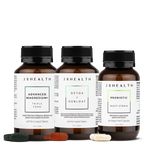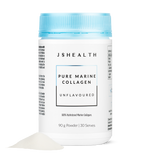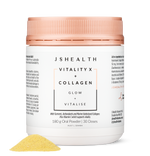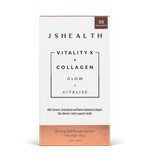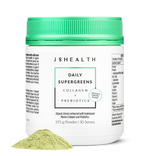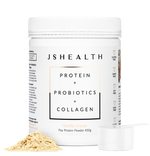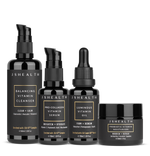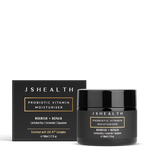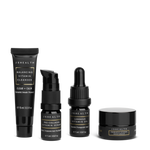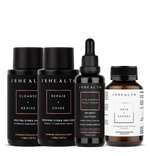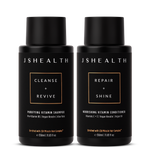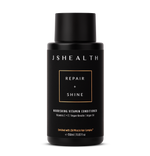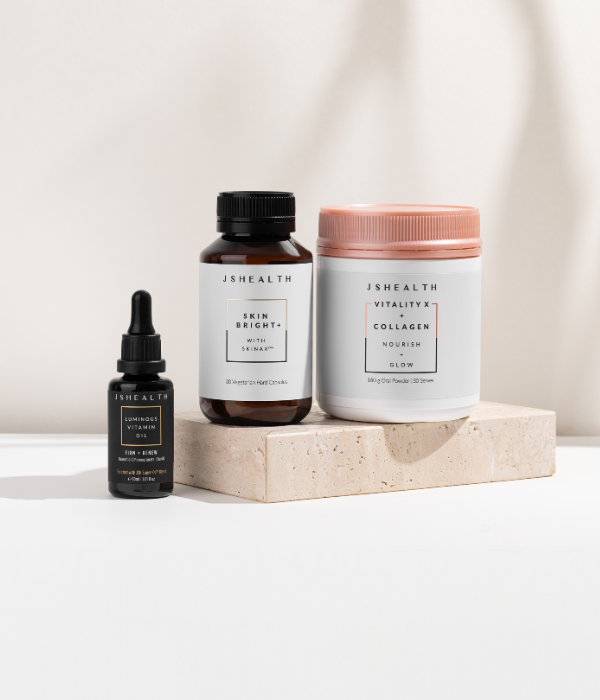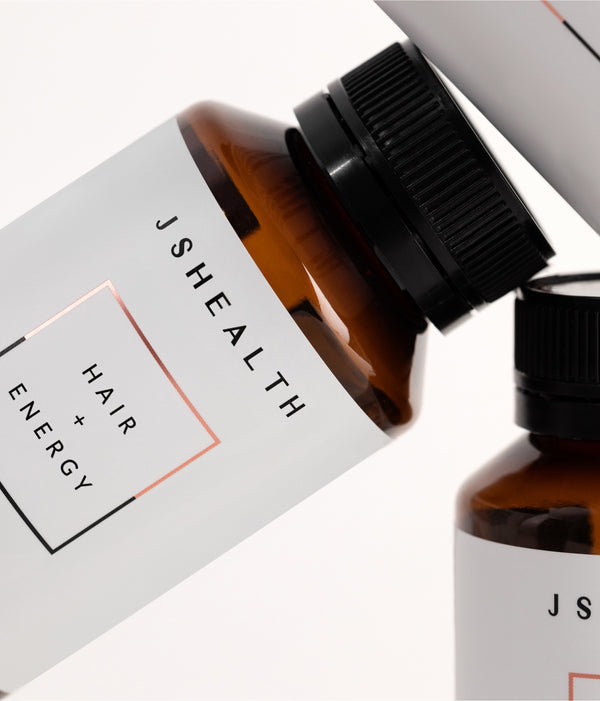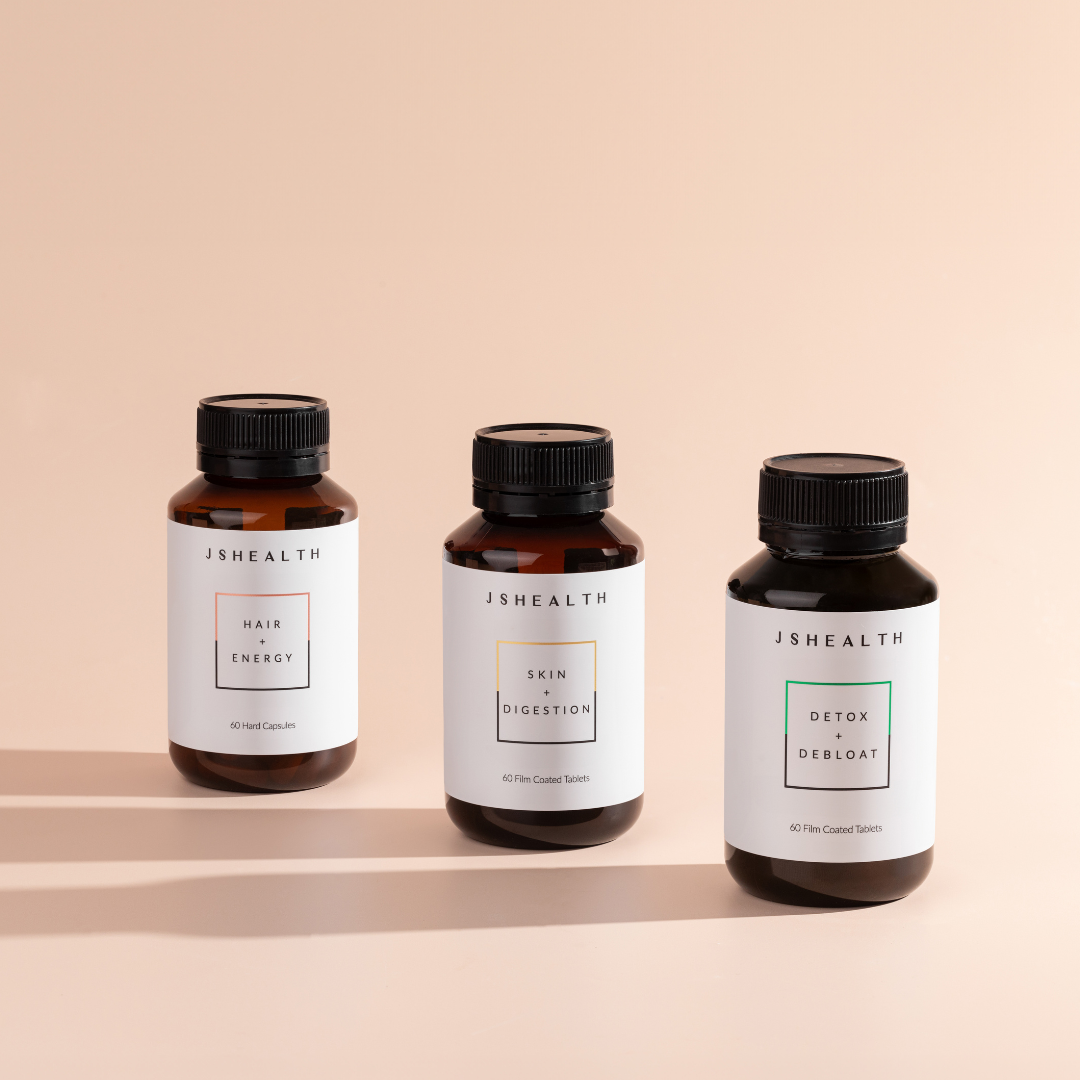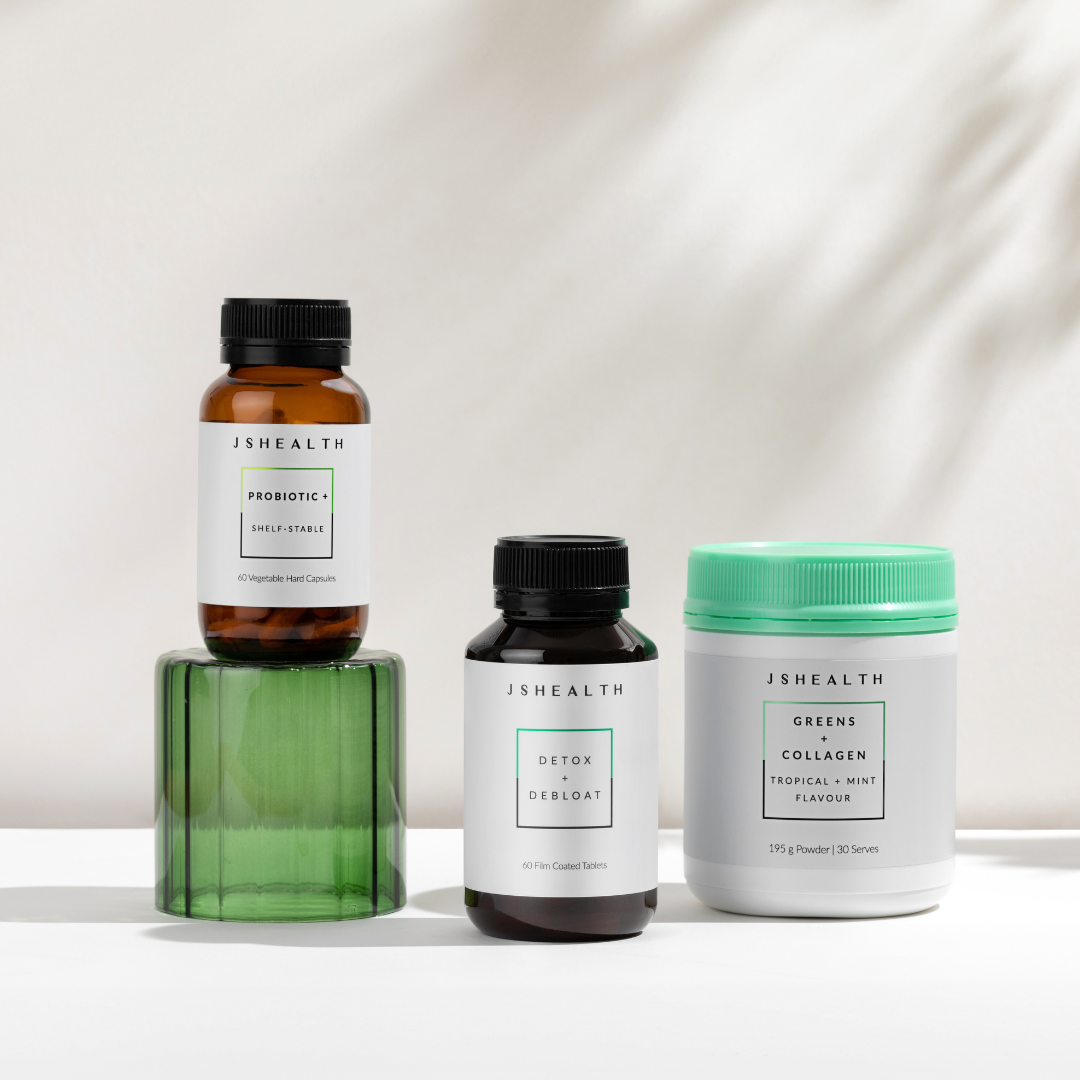How Long Do Iron Tablets Take To Work?
You’ve probably had a doctor mention zinc supplements once or twice. You may have even tried them for yourself! However, when taken incorrectly, their effectiveness can be significantly reduced. Understanding the fundamentals of iron can help you maximise its benefits, increase your levels of iron, and maintain your body’s optimal functioning.
How long does it take for iron tablets to work? Are there any medications that should be avoided while taking iron? Let’s dive into the answers.
Why Would I Need Iron Tablets?
Iron is one of the body’s most essential minerals. Although we tend to think of it mainly as a component of the blood, its primary job is to help form haemoglobin which works to transport oxygen to where it needs to go.
If you don’t have enough Iron in your body, it can’t make enough red blood cells (RBCs) — a condition known as Iron-deficiency anemia. With too few RBCS, the body struggles to transport oxygen efficiently, leading to many of the tell-tale symptoms of anaemia.
These can include:
- Cold hands and feet
- Fatigue
- Hair loss
- Pica (a desire to eat non-food substances like clay, dirt or ice)
- Shortness of breath
- Tachycardia (a rapid heart rate)
Certain people have an increased risk of developing low Iron. Anyone who has recently undergone significant trauma or surgery, those who are pregnant or breastfeeding, menstruating people with extremely heavy bleeding, vegetarians or vegans, or people with certain GI conditions (coeliacs, Crohns or ulcerative colitis) should pay extra attention to how much Iron they’re getting.
How Long Do Iron Tablets Take to Work?
Swallowing an Iron tablet doesn’t immediately increase your Iron levels — it takes time for them to truly make a difference.
Most Iron tablets begin to work within three to seven days of first intake, but your bloodwork won’t reflect that change for a few weeks. For instance, your haemoglobin levels will slowly improve in about two to four weeks. During that time, related symptoms such as fatigue, headache and weakness will also start to resolve.
As quick as that seems, most people won’t experience full resolution of their symptoms for up to two months. Usually, your haemoglobin levels will also return to normal during this timeframe, as well.
To follow your progress, your healthcare provider will want to monitor your blood work closely — as your levels continue to improve, and for a few months after that.
What Side Effects Can Iron Cause?
Most of the side effects associated with Iron tablets are mild and can be minimised by knowing how to take them appropriately. They include:
- Black stools
- Constipation (for most people, this is the number one side effect they experience)
- Diarrhoea
- Gas
- Nausea
- Stomach pain
- Vomiting
Adding a stool softener, eating plenty of fibre and drinking the recommended daily amount of water can all help with these side effects (especially constipation). If you notice any red blood in your stool, contact your healthcare provider immediately, as they may be a sign of a GI bleed.
Talk to your doctor if you’re concerned about how your body may adjust to Iron supplementation. In many cases, starting on a lower dose and building up can help your body adjust and minimise the likelihood of uncomfortable side effects.
How Do I Take Iron Tablets?
How you take your Iron tablets is equally important as the decision to take them. For example, should you take Iron tablets with food or on an empty stomach?
Let’s go over the tips and strategies on maximising the potential of your Iron supplement.
Should I Take My Iron With Food?
While many supplements are best taken with food (to minimise the likelihood of uncomfortable GI side effects), Iron tablets are most effective when taken without food when your stomach has a higher acid content. That’s not to say that Iron tablets can’t upset your stomach; some people still experience nausea and find it easier to take them alongside a small snack.
Taking your Iron tablets with stomach acid-promoting supplements such as Vitamin C or even a small glass of orange juice can help your body absorb it more effectively.
Can I Take Iron With Other Medications?
While many medications and supplements can safely be taken with Iron, some medicines may be impacted when taken together with the mineral.
- Calcium supplements - Calcium supplements (and foods high in calcium, like milk) can interfere with your body’s ability to absorb Iron effectively. Try to separate any high-calcium foods or supplements from your Iron tablets for at least two hours.
- Ciprofloxacin - Ciprofloxacin is an antibiotic used to treat bacterial infections like pneumonia. Taking Iron at the same time as Ciprofloxacin can reduce the body’s absorption of the antibiotic. If you have to take both medications simultaneously, take your Ciprofloxacin at least two hours before or six hours after your Iron tablets.
- Levothyroxine - Combining Levothyroxine (a medication that helps raise the thyroid levels of those with hypothyroidism) with Iron tablets can make the thyroid medication less effective. You should allow for at least four hours between them.
- Proton pump inhibitors - PPIs, like Omeprazole, are designed to lower the amount of stomach acid. Although these are necessary medications for people prone to stomach ulcers or acid reflux, they can also make Iron absorption far less effective.
- Tetracycline antibiotics - Iron tablets can bind themselves to tetracycline antibiotics, such as Doxycycline, which renders them less effective. Waiting two to three hours between your Iron and antibiotic can help.
Should I Double Up if I Miss a Dose?
It’s common to occasionally forget a medication dose – life gets busy! But if you happen to miss an iron tablet, avoid compensating by taking two doses at once when you recall that you’ve missed one.
Too much Iron at once can significantly hurt your stomach and increase your risk of constipation, so treat it as a lesson learned; take only the prescribed dose and remember to be more vigilant in the future.
In addition, too much Iron can also be dangerous for you. Although the body will often hold on to extra Iron and store it for later, anything over 45 mg a day should not be taken without medical supervision.
What To Look For in an Iron Tablet
If you’re choosing an Iron tablet to help supplement your levels, is there anything specific you should look for in a quality supplement?
One of the top components of a high quality Iron tablet is that it is formulated to be non-constipating, leading to better absorption. As we’ll discuss, constipation is a frequent side effect of taking Iron.
An Iron supplement combined with Vitamin C is also a massive bonus for effective absorption. Vitamin C has been shown to significantly increase Iron absorption in the body, as it increases the acidity of the stomach (which is the environment Iron needs for optimal absorption).
You also need to look at what “form” of Iron is included in the supplement you’re considering. Each type available has a different amount of “elemental” Iron, which is the Iron that is immediately available for your body to absorb.
Commonly, you’ll find ferrous fumarate, ferrous sulphate and ferrous gluconate on the market. Some people respond better toliquid Iron as opposed to the tablet or pill form, although there is a risk of teeth staining.
Other Ways To Boost Your Iron Levels
In addition to taking Iron supplements, there are other ways that you can boost your Iron levels.
Diet is one of the best ways to do that. Plenty of Iron-rich foods can easily be incorporated into your diet. They are divided into two categories — heme and non-heme sources.
Heme sources of Iron are more readily absorbed by the body but come only from animals (so there are no vegan forms of heme Iron).
These include foods like:
- Beef
- Crab
- Game meats
- Lamb
- Mussels
- Shrimp
- Turkey
Non-heme Iron isn’t quite as easily absorbed, but you can obtain it from vegetarian and vegan sources. However, you often need more non-heme food sources to get the same amount as you would from a smaller amount of heme-source food.
- Beets
- Cashews
- Chickpeas
- Fortified breads and cereals
- Green peas
- Kidney beans
- Potatoes (with skin)
- Soybeans
- Spinach
Exercise can also help — while it may not necessarily boost your Iron levels, it can increase circulation in your body and help the haemoglobin you do have to get where it needs to go more easily.
Be kind, careful and considerate in working with the specific needs of your body, especially if you’re experiencing any fatigue. Opt for activities like walking, cycling or swimming a few laps in the pool – any form of physical activity (that you enjoy!) contributes to your overall wellbeing.
Sources:
Individualized treatment for Iron deficiency anemia in adults | PMC
Iron-Deficiency Anemia | NHLBI, NIH
